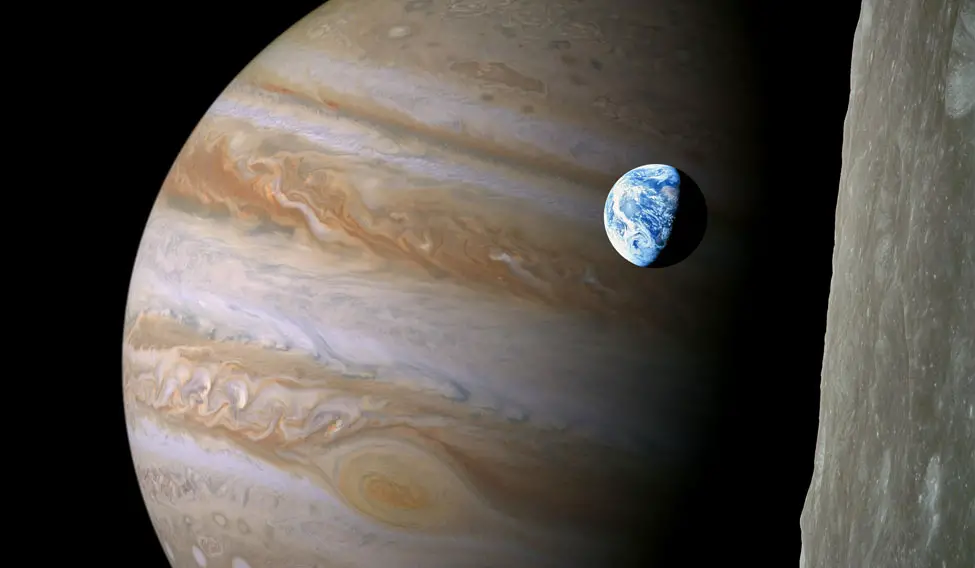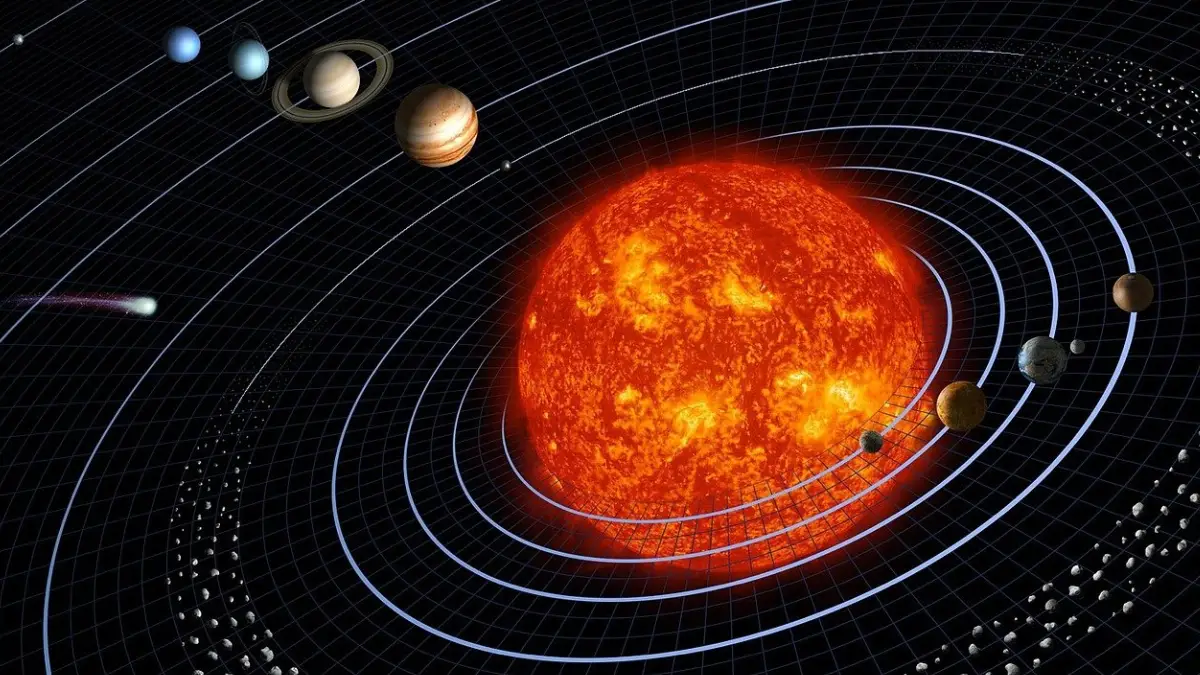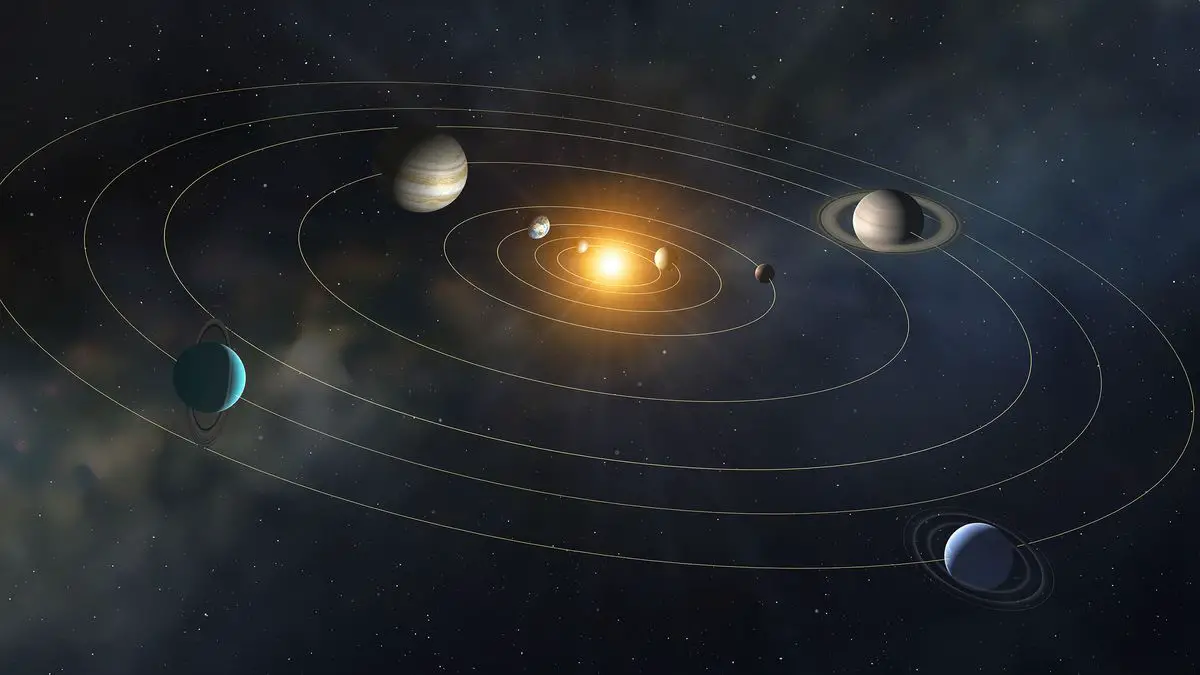The Vredefort asteroid, striking Earth 2 billion years ago, was twice the size of the dinosaur-killer
The Vredefort impact, occurring roughly 2 billion years ago, left behind the largest known crater on Earth and has long intrigued scientists. Recent research suggests that the asteroid responsible for this colossal event was significantly larger than previously estimated, with potentially profound implications for understanding similar impacts throughout Earth’s history and beyond. By reevaluating the crater’s size and studying the surrounding geology, scientists hope to refine our understanding of such catastrophic events, which could shape our comprehension of planetary evolution.
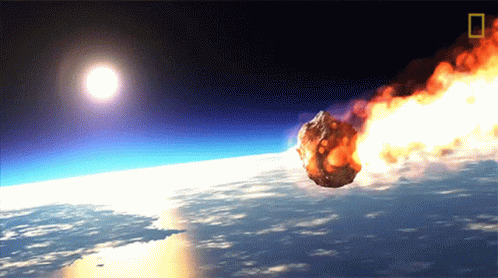
New Insights into the Vredefort Asteroid
The Vredefort crater, located around 75 miles (120 kilometers) southwest of Johannesburg, South Africa, measures about 99 miles (159 kilometers) in diameter today, making it the largest visible impact crater on Earth. However, new studies estimate that when it first formed, the crater was originally much larger—spanning between 155 to 174 miles (250 to 280 kilometers). This revised understanding means that the asteroid that created this enormous scar on the Earth’s surface was likely around 12.4 to 15.5 miles (20 to 25 kilometers) wide. In comparison, the asteroid that struck Earth around 66 million years ago, ending the reign of the nonavian dinosaurs, was about half that size, measuring around 7.5 miles (12 kilometers) across.
The study, published on August 8 in Journal of Geophysical Research: Planets, was led by Natalie Allen, a doctoral candidate at Johns Hopkins University. The research reanalyzed the crater’s erosion and the impact’s speed. The findings suggest that the Vredefort asteroid might have been traveling at speeds between 45,000 and 56,000 mph (72,000 and 90,000 km/h), making it a more destructive force than earlier calculations had suggested. The impact would have released immense energy, potentially ranking it as the most significant energy release event in Earth’s history.
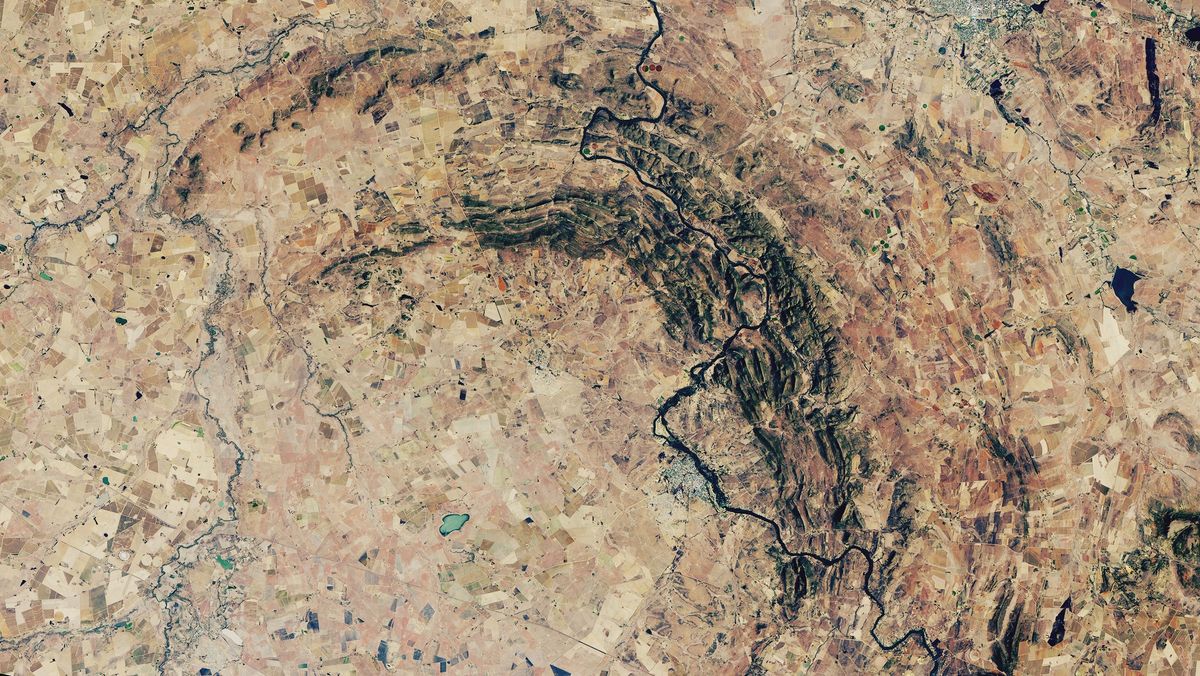
Challenges in Estimating Crater Size
Determining the original dimensions of the Vredefort crater has been challenging for scientists. Over the past 2 billion years, the crater has undergone extensive erosion, which has reduced its size considerably. According to Roger Gibson, a structural geologist at the University of the Witwatersrand in South Africa, understanding this erosion is akin to “slicing horizontally through a bowl progressively.” Each slice taken away causes the apparent diameter to shrink, making it difficult to determine the crater’s original size. Additionally, newer rock formations have overlaid parts of the original impact structure, further obscuring evidence of the ancient crater.
To overcome these challenges, researchers have studied minerals like quartz and zircon that exhibit deformations and fractures caused by the ancient impact. These minerals, which lie beyond the current crater’s boundaries, help to map out the broader reach of the impact. This approach has provided more precise data on the scale of the Vredefort event, reinforcing the revised estimates of the asteroid’s size.

Comparing with the Dinosaur-Killing Impact
The Vredefort impact significantly predates the well-known Chicxulub impact, which struck the Earth around 66 million years ago, causing widespread extinctions and drastically altering the planet’s climate. Unlike the Chicxulub event, which wiped out about 75% of Earth’s species, the Vredefort impact occurred in an era when life was limited to single-celled organisms, and complex ecosystems had not yet evolved. This difference means that there is no direct evidence of widespread biological devastation following the Vredefort impact.
However, Miki Nakajima, a planetary scientist at the University of Rochester, notes that while the Vredefort event did not trigger mass extinctions, its influence on the Earth’s climate may have been more extensive than that of the Chicxulub impact. The collision likely caused significant shifts in atmospheric and geological conditions, reshaping the planet in ways that scientists are still trying to understand.

